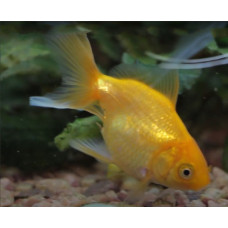The process of changing the chemical composition of cells due to metabolic disorders in the body. It occurs in fish as a result of sewage, various diseases and other reasons.
Fish liver dystrophy, a collective name that combines a variety of pathological processes occurring in the liver of fish due to metabolic disorders. Grain (protein), hydropic and fatty dystrophies are the most common. Fish liver dystrophy occurs under the influence of various harmful factors (infection, intoxication, avitaminosis, local circulatory disorders, etc.) and is considered in the complex of signs characterizing these diseases or poisonings.
Dystrophies in fish are classified according to the chemical nature of the substances most altered:
- Protein metabolism disorders (protein dystrophies and abnormal pigmentations or their absence);
- disorders of lipid metabolism (fatty dystrophies);
- disorders of carbohydrate metabolism (carbohydrate dystrophy);
- disorders of mineral metabolism (mineral dystrophy).
Dystrophy in fish is a reversible process, with the elimination of its causes (optimization of conditions, therapy of the disease) affected organs and tissues usually recover. However, with deep changes, full recovery of fish cells and tissues does not occur, their dying off and death of the fish itself is recorded.
Dystrophy in fish
Tags: dystrophy in fish

